In modern bathroom renovation projects, a bathroom mirror with light has gradually become a core element of space upgrading. It not only solves the lighting needs for daily grooming and makeup but also balances aesthetics and functionality, enabling the bathroom to achieve higher comfort and convenience in a limited space. However, in the actual decoration process, many people will face a key question: where should the bathroom mirror with light be installed in the bathroom layout to balance lighting, spatial sense, and overall design?
According to a study in the Journal of Interior Design, over 72% of bathroom users believe that the position of mirrors directly affects the spatial experience, with illuminated mirrors being more critical in their installation location due to their integrated light source advantage. This article will explore the optimal layout position of bathroom mirrors with light in bathroom decoration from the perspectives of practicality, aesthetic effect, safety, and energy saving.
1. Washroom area: the most core and reasonable location
The most frequently used area in the bathroom is undoubtedly the washbasin. Most users complete daily activities such as brushing teeth, washing their face, shaving, and applying makeup here, so installing a bathroom mirror with light above the washbasin is almost the most natural choice.
1.1 Meet functional requirements
The illuminated mirror provides uniform front lighting, avoiding the shadow problems caused by traditional overhead or side lights. According to experiments conducted by the Lighting Research Centre, uniform front lighting can reduce facial shadows by up to 40%, thereby improving the accuracy of shaving and makeup.
1.2 Design coordination
A 36-inch or 48-inch bathroom vanity paired with a corresponding-sized illuminated mirror can visually create symmetrical beauty and enhance spatial order. Many designers would suggest a mirror width slightly smaller than the countertop to maintain coordination.
1.3 Space utilization
For small bathrooms, the use of illuminated mirrors replaces the traditional combination of mirrors and independent wall lamps, saving wall space and avoiding the clutter caused by improper lighting fixture installation.
2. Double vanity area: the best combination of dual mirrors or large mirrors
In the design of a double washbasin, the position with a light mirror is more flexible and can be used in two ways:
2.1 Dual mirror scheme
Install a mirror with a light directly above each washbasin to meet the needs of two people using it simultaneously, while maintaining privacy and independent lighting. According to Houzz's bathroom design trend survey, over 58% of users of double vanities tend to choose dual, independent mirrors.
2.2 Whole mirror scheme
If you pursue a visual sense of unity, you can choose a large bathroom mirror with light that covers the entire washbasin area. This method can enlarge the feeling of space, especially suitable for medium to large bathrooms. The integrated design of the light source can also ensure uniform illumination when used by multiple people.

3. Showroom or bathtub side: Enhance the multifunctionality of the space
Many people overlook the advantages of installing illuminated mirrors next to shower areas or bathtubs. Although this is not the traditional installation location, in some designs, it can increase the functionality of the bathroom.
3.1 Convenient tidying up after showering
Install a small illuminated mirror on the outside of the shower area for users to easily tidy up after bathing and avoid bringing water into the washbasin area.
3.2 Ambient lighting
The soft light with a lamp mirror can also be used as an ambient light, creating a more relaxed bathing experience. According to the recommendations of the American Lighting Association (ALA), bathroom light sources should be designed in layers, and illuminated mirrors can be an essential component of auxiliary light sources.
4. Toilet Compartment: Clever Utilization of Space Optimization
In the bathroom design of some residential or public spaces, the washbasin and toilet area may be separated. Adding a small bathroom mirror with lighting in the toilet area at this time can also enhance the user experience.
4.1 Function expansion
Easy to organise hairstyles or makeup, especially in situations where multiple people share a bathroom.
4.2 Visual magnification
A mirror reflection can alleviate the sense of oppression in small spaces, making the compartments appear more spacious.
5. Consider the height and proportion of the installation location
Regardless of where the bathroom mirror with light is installed, height and proportion are key factors that significantly impact the overall experience.
5.1 Installation height
Industry standards suggest that the lower edge of the mirror should be about 40 inches (about 101 centimetres) above the ground, and the height of the upper edge should be controlled at 70-75 inches (178-190 centimetres). This not only meets the usage needs of most adults, but also ensures that the light illuminates the face perfectly.
5.2 Proportional coordination
The width of the mirror should be kept at a ratio of 70% -90% to the washbasin to avoid abrupt changes caused by imbalanced proportions. The proportion of illuminated mirrors has a more significant impact on the overall decoration style due to their built-in light source.
6. Combining energy-saving and intelligent trends
Modern bathroom mirrors with light often have functions such as dimming, defogging, and touch control. According to Energy Star data, LED mirrors are about 75% more energy-efficient than traditional halogen lamps and have a lifespan of over 25000 hours.
6.1 Install near the power wiring
Avoid additional modifications to the circuit and reduce construction costs.
6.2 Cooperate with intelligent control
Install the illuminated mirror in the washing area and combine it with a smart switch or sensing system to achieve automatic switching and brightness adjustment, further improving the energy-saving effect.
7. Avoid incorrect installation locations
Although the light mirror has high flexibility, the following installation methods may bring adverse experiences:
Leaving the washing area too far away: losing its central functional significance.
Facing the window: Mixing natural light with LED light may cause glaring reflections.
Too low or too high: causing the light to not cover the user's face, losing practical value.
8. Summary
The best position for a bathroom mirror with light in a bathroom decoration layout is still directly above the washing area, which is almost undisputed. However, it can also demonstrate unique value in the double wash area, outside the shower area, and even in the bathroom compartment. By selecting the appropriate location, not only can the lighting effect and spatial functionality be improved, but the beauty and comfort of the bathroom can also be enhanced.
With the development of energy-saving and intelligent trends, bathroom mirrors with lights have surpassed their simple decorative function and become an indispensable core component in bathroom decoration. And how to choose the appropriate location for installation will directly determine its value and experience in actual use.
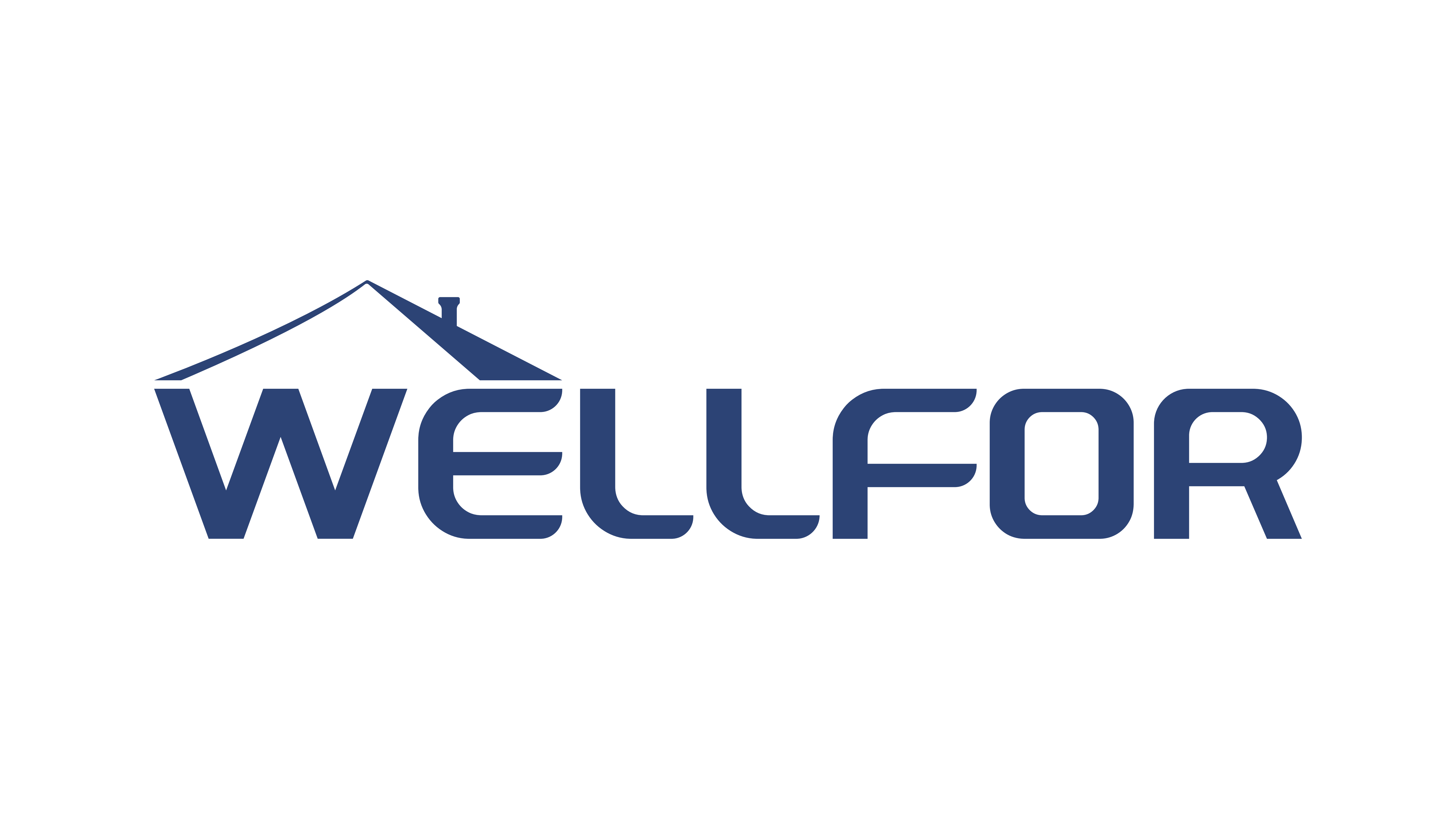
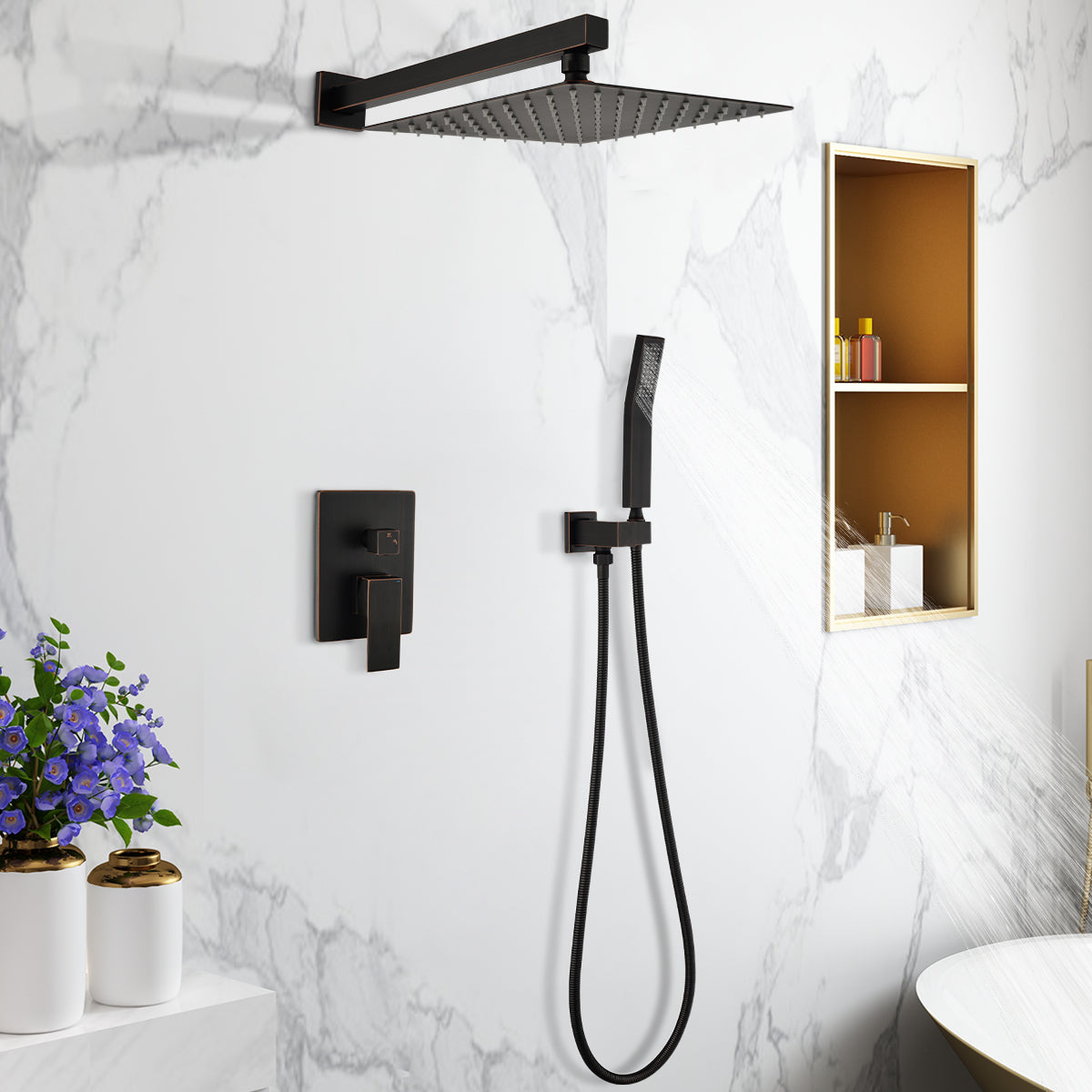






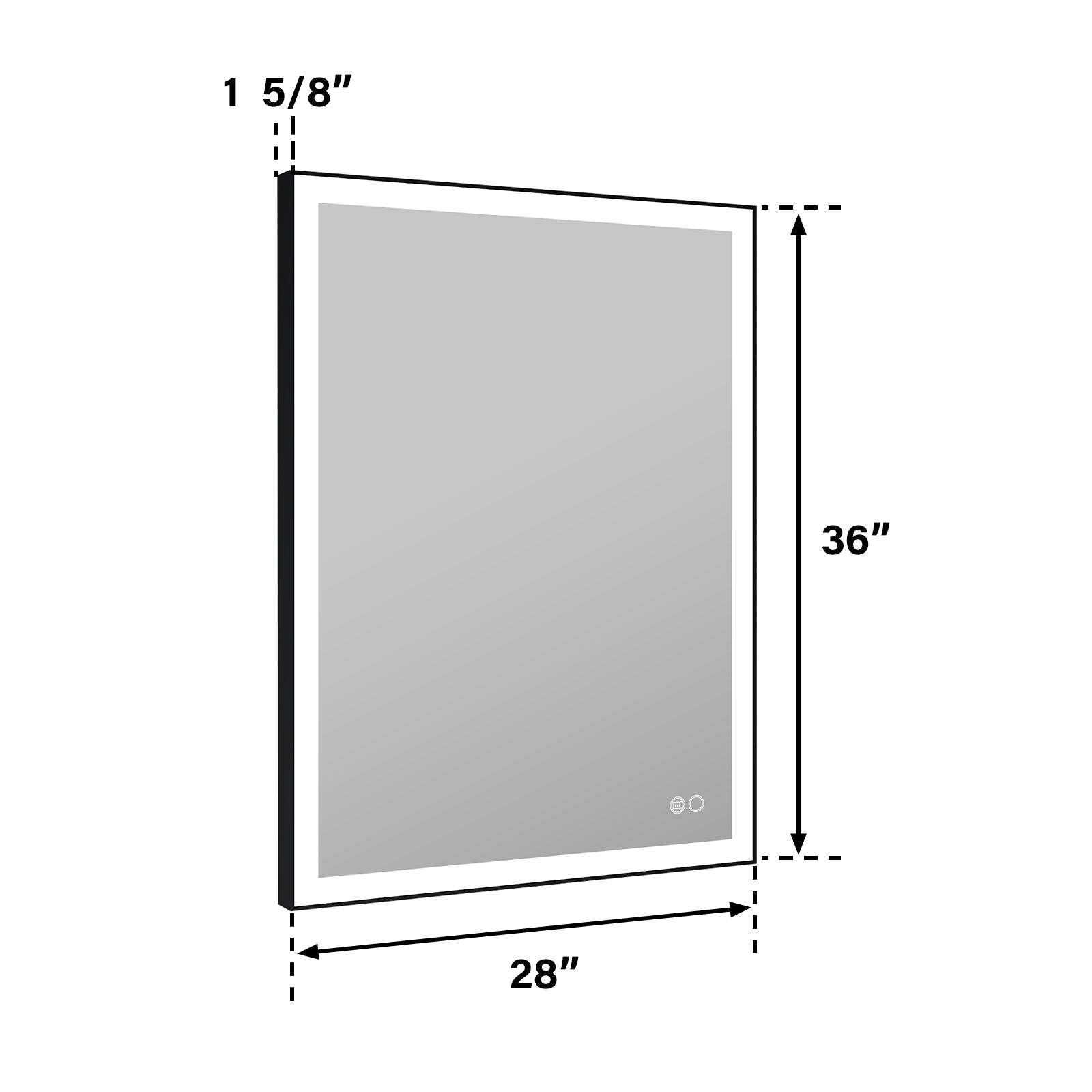
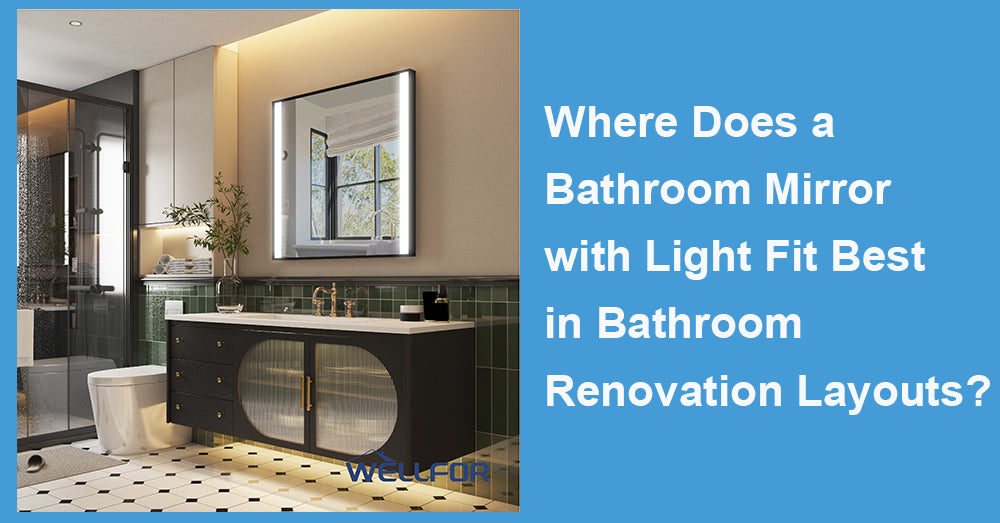


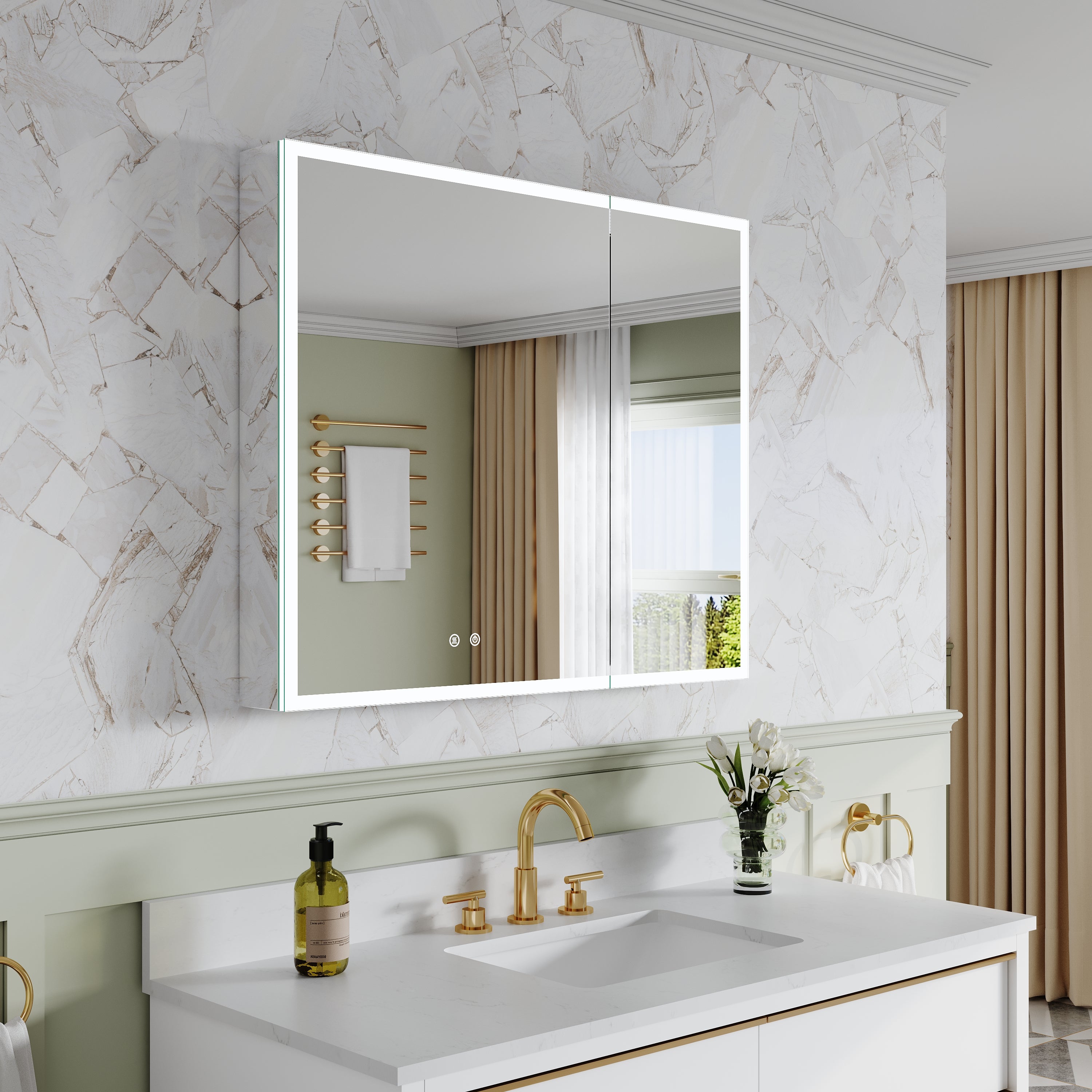
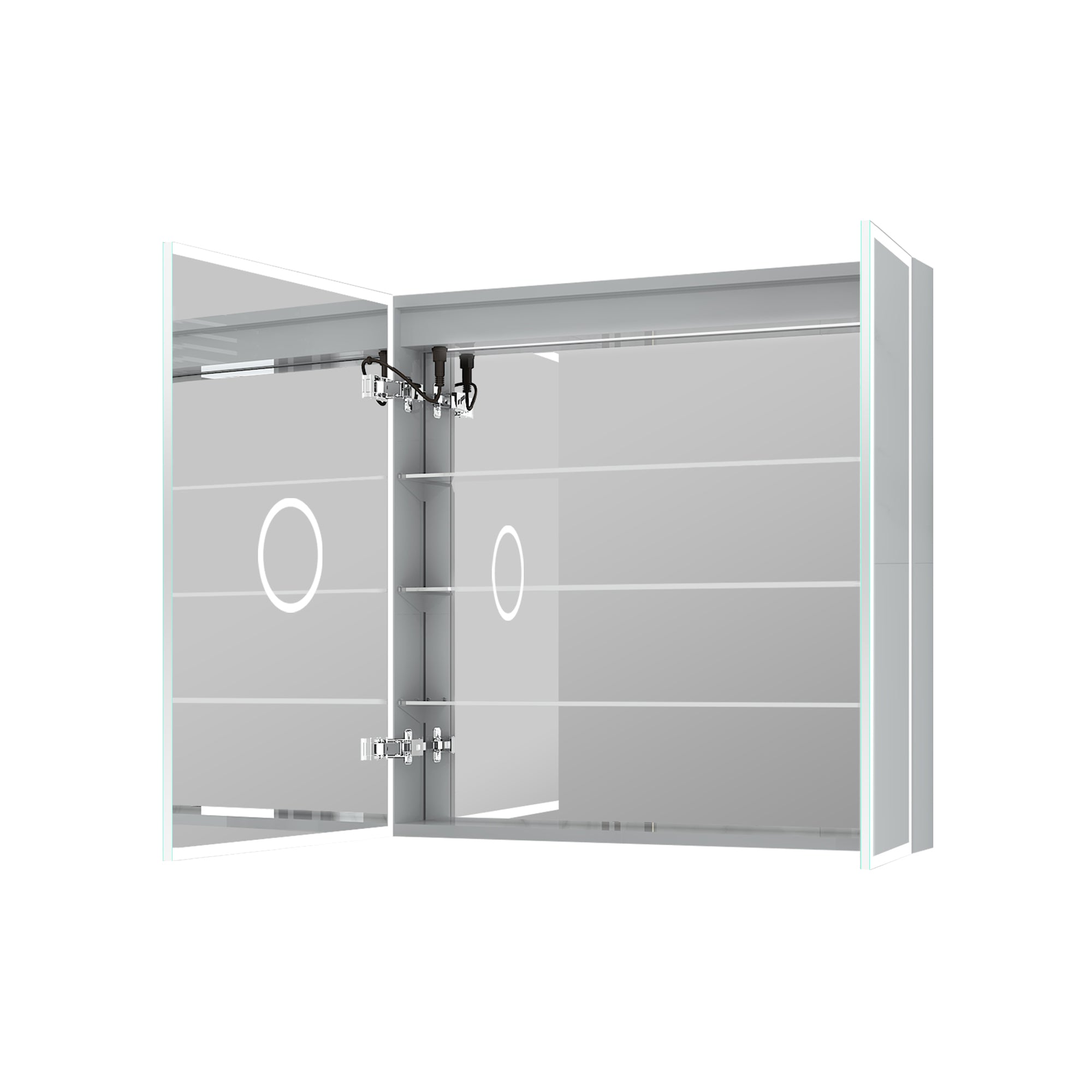
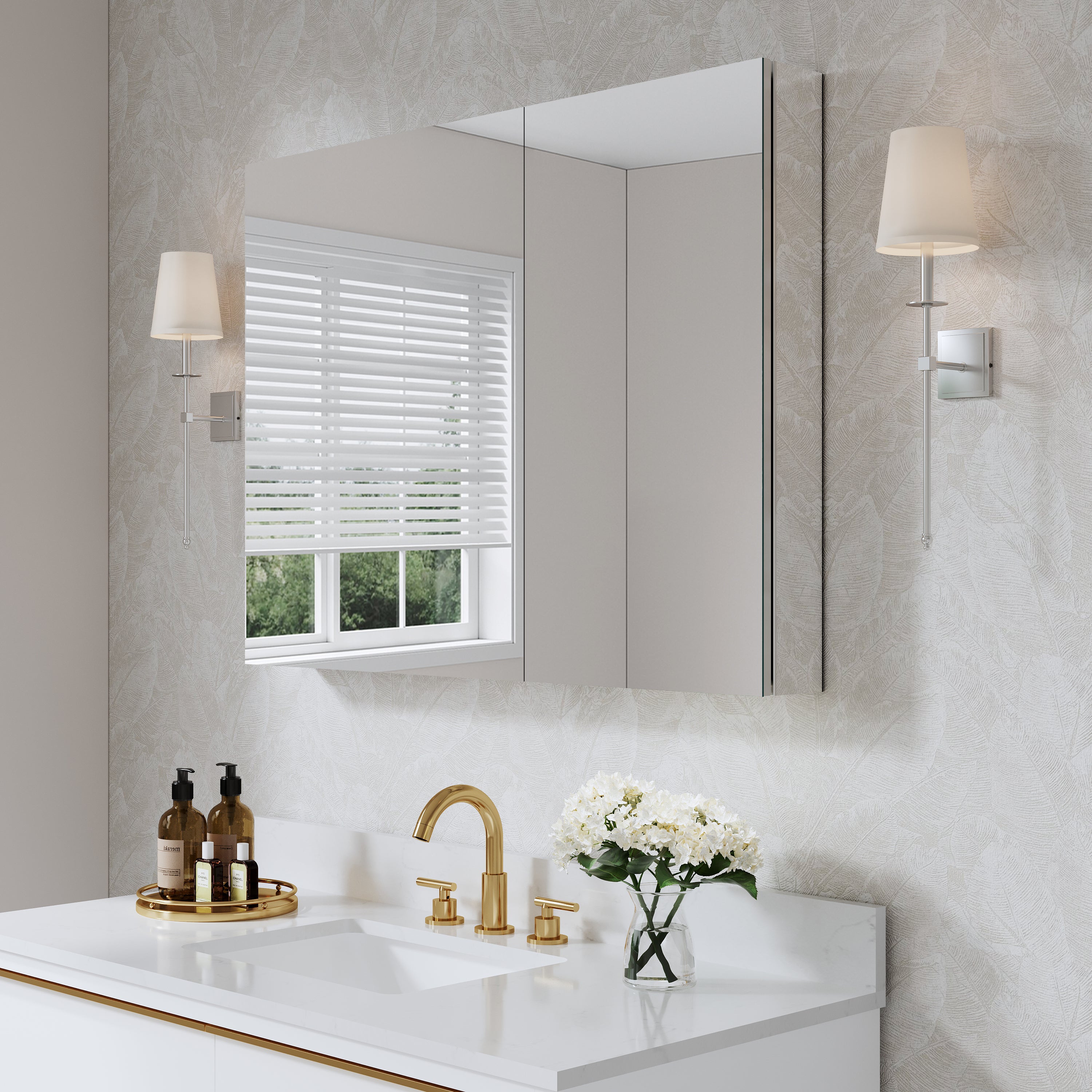

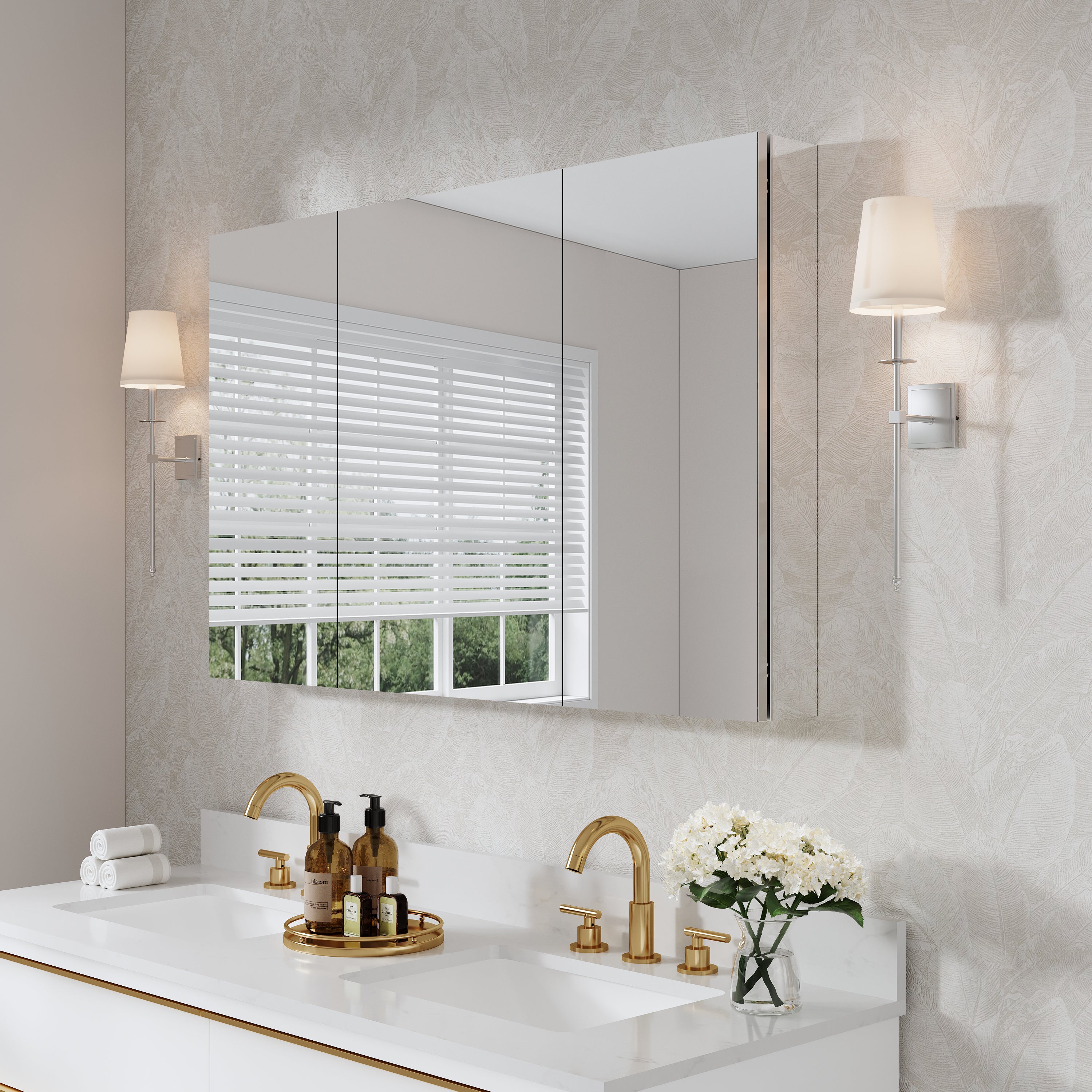
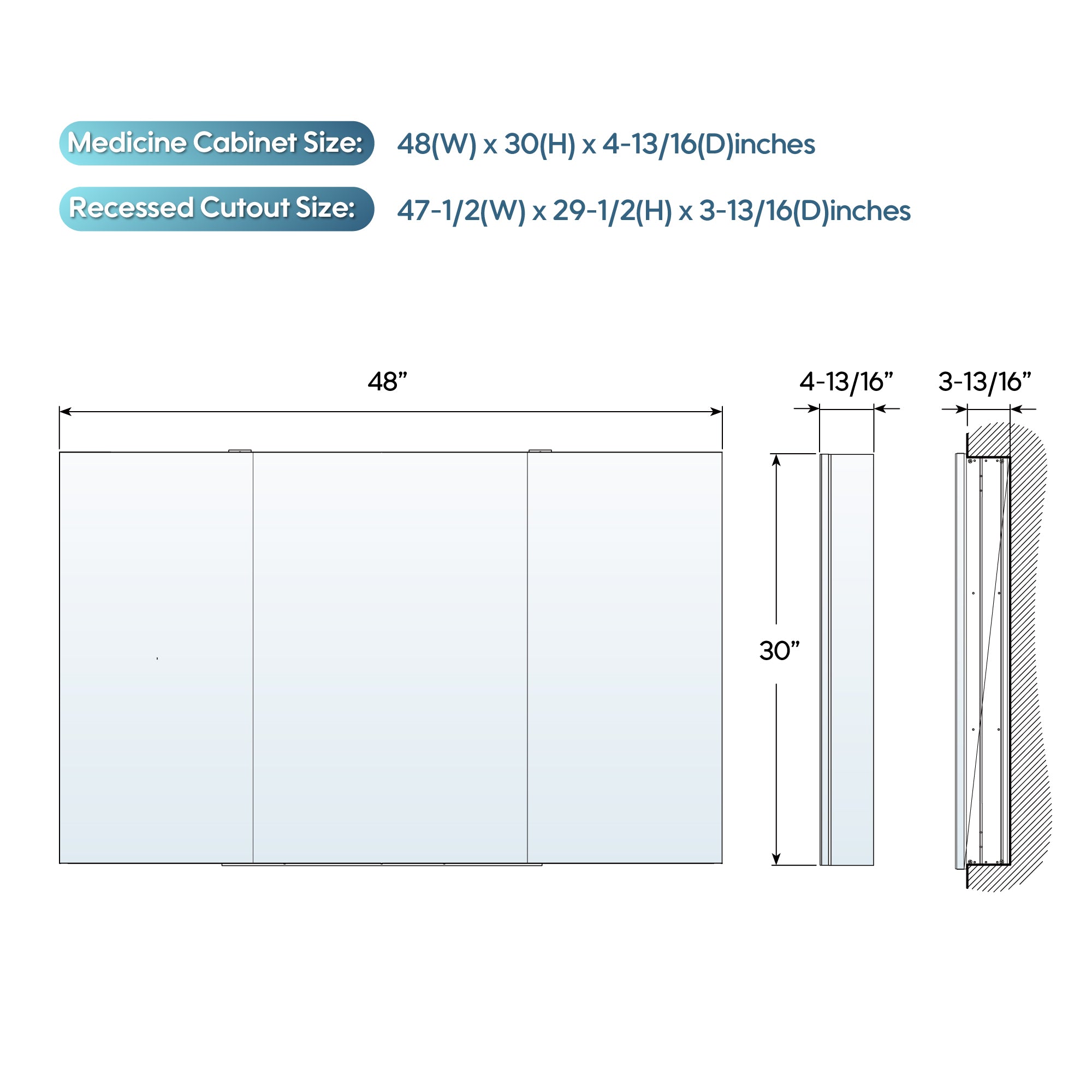

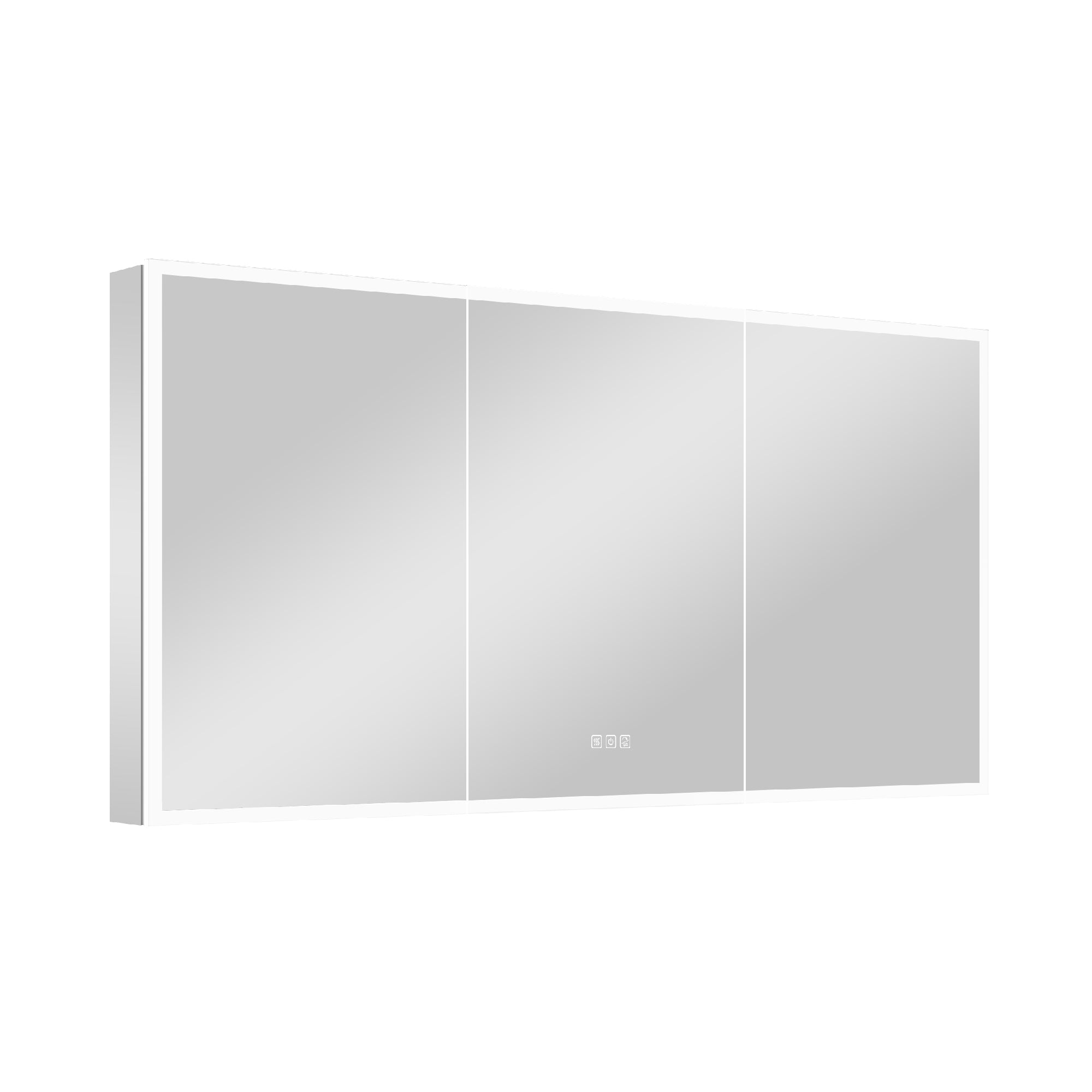
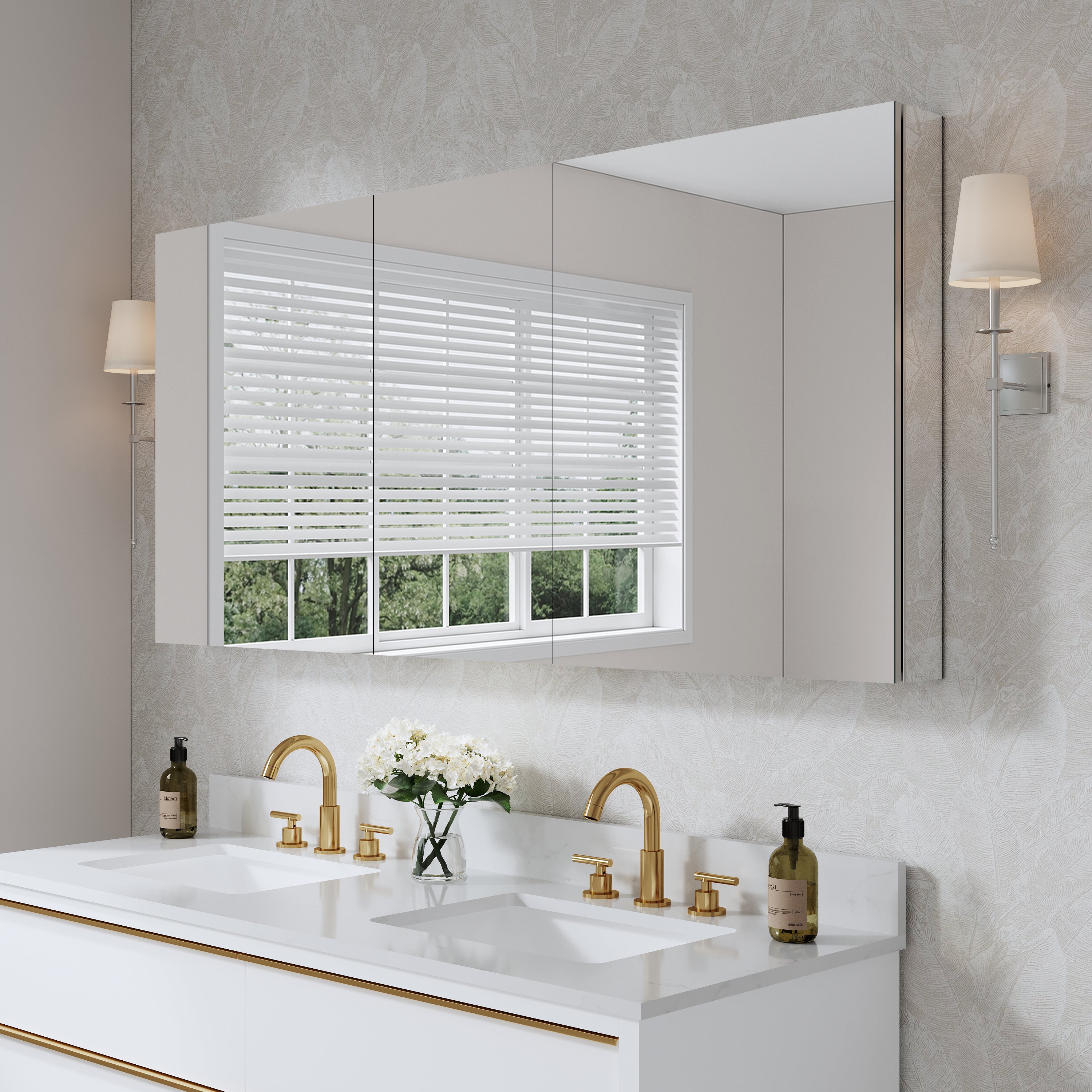




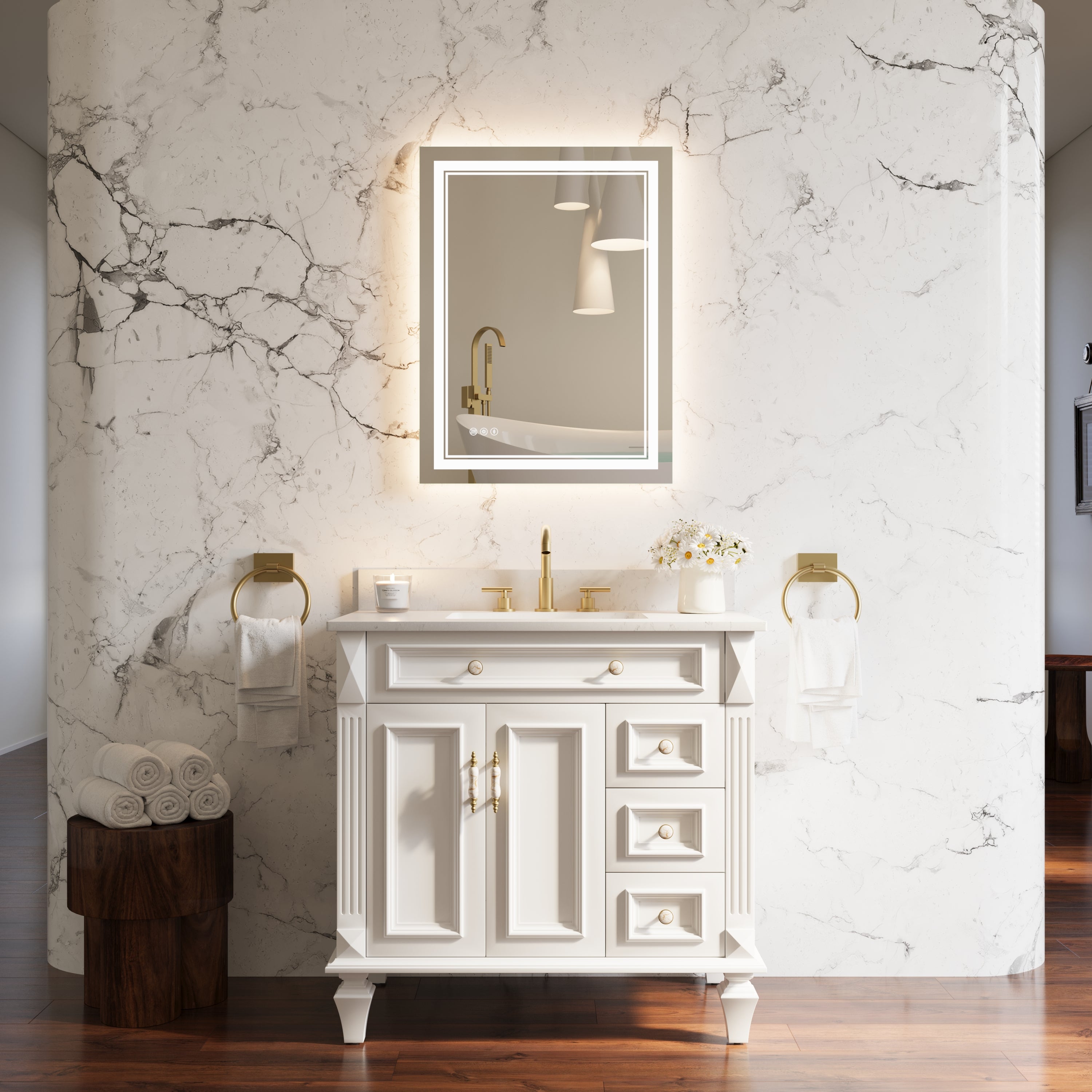
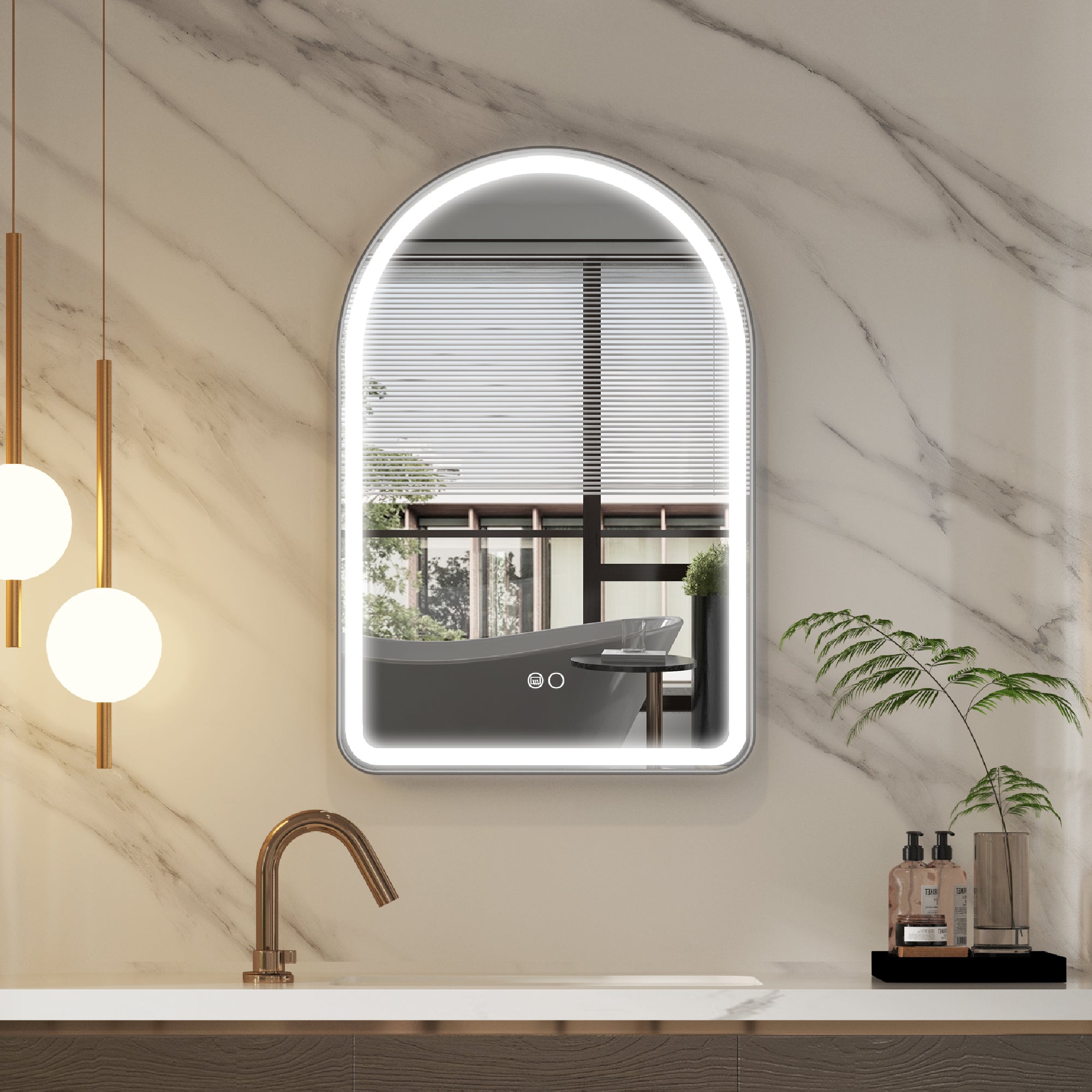
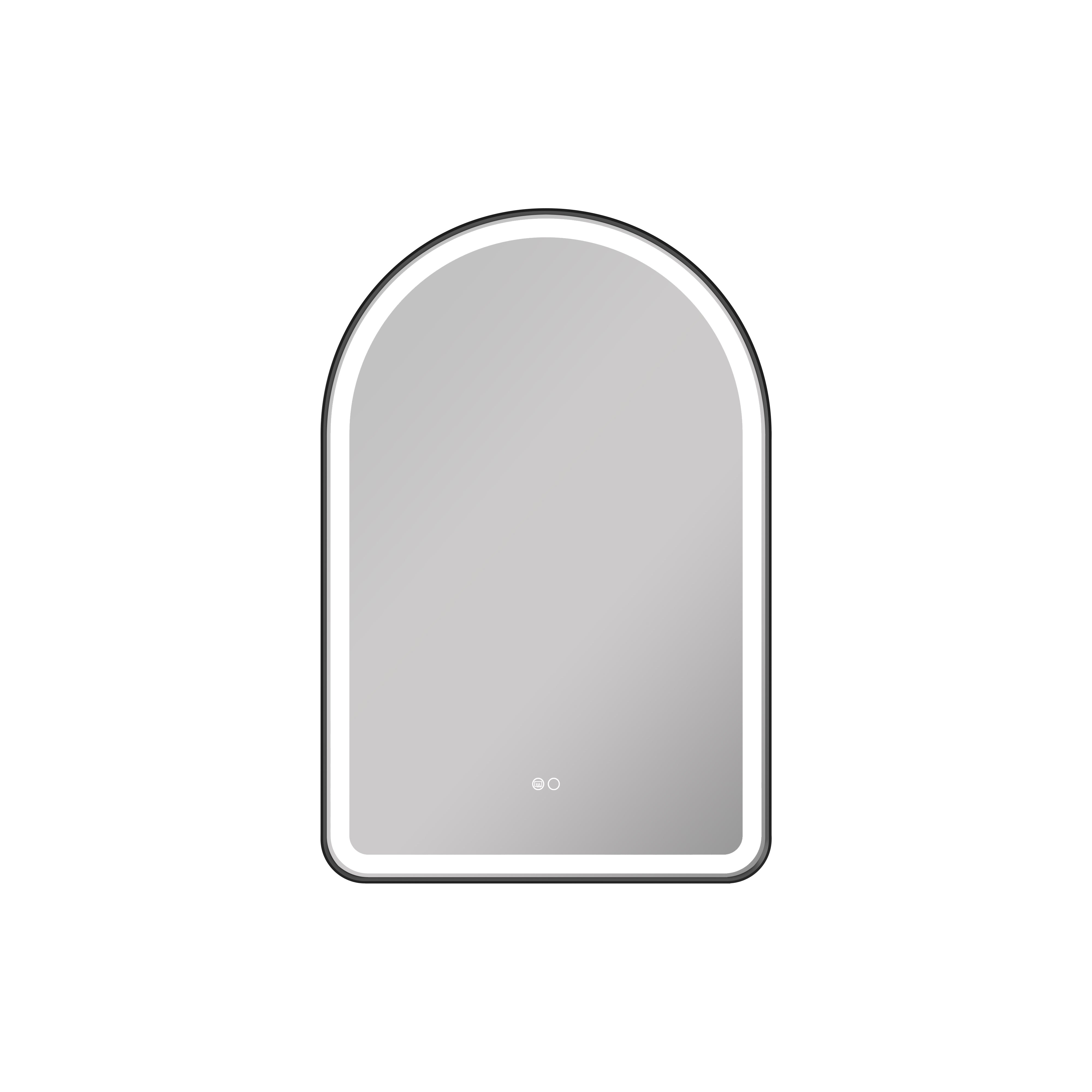

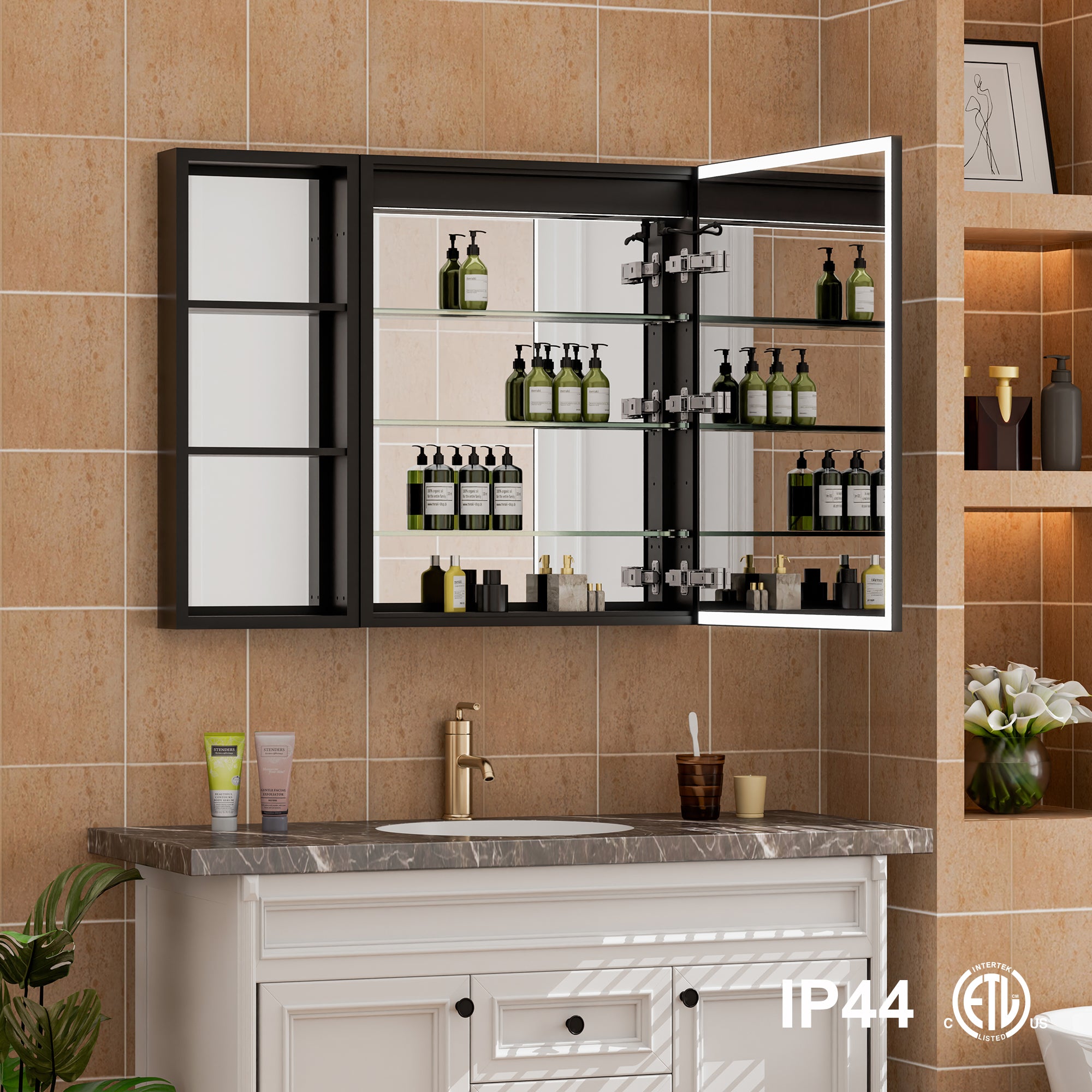
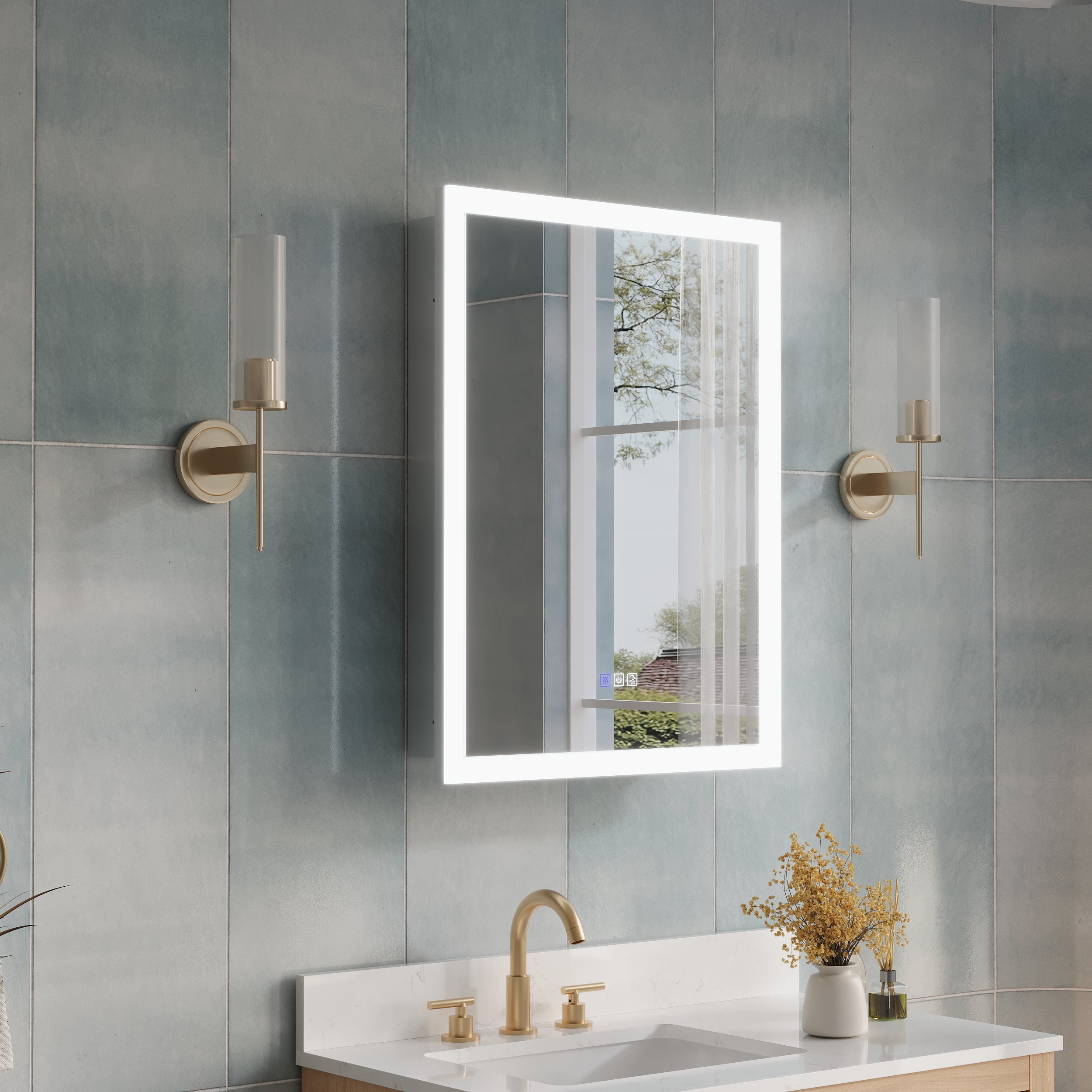
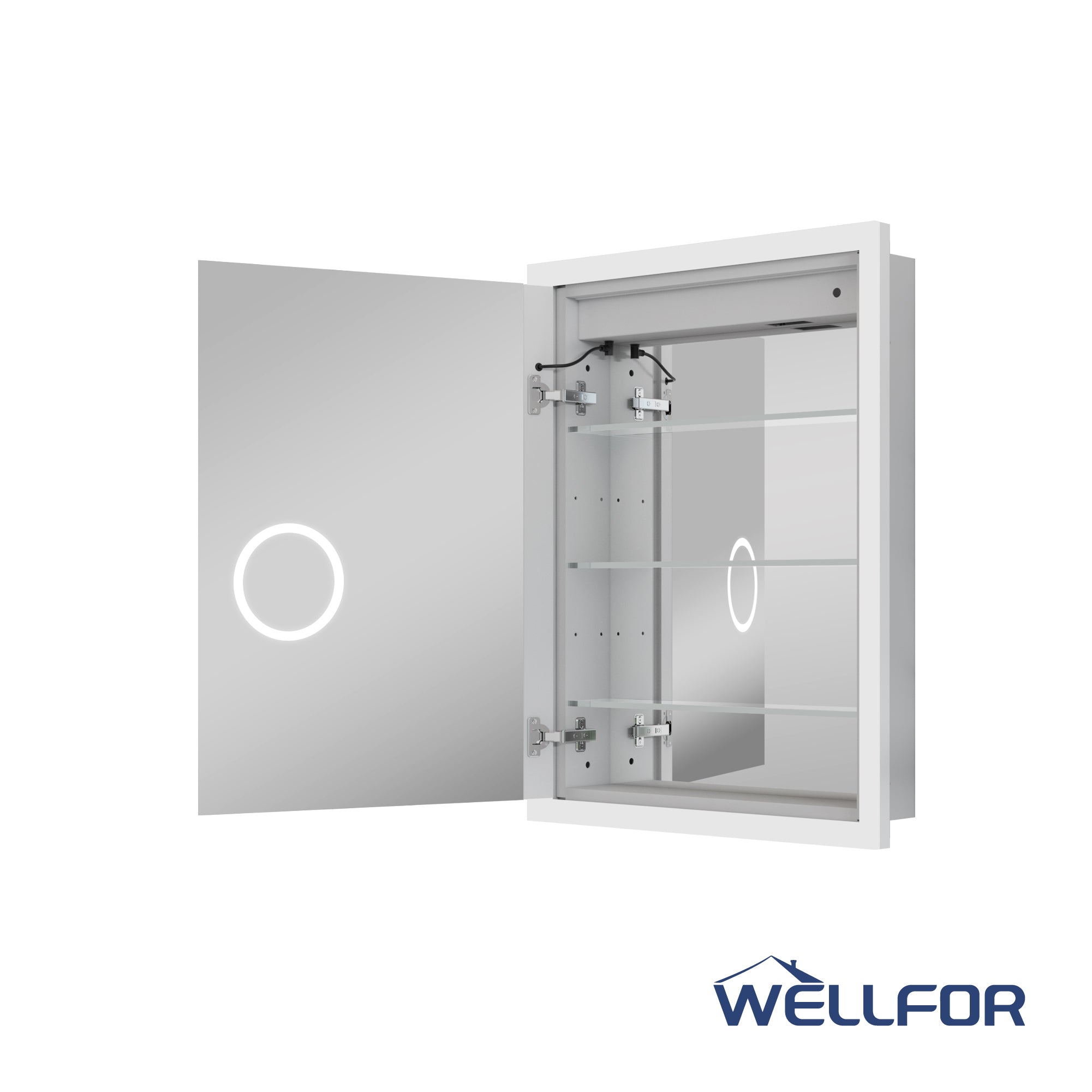
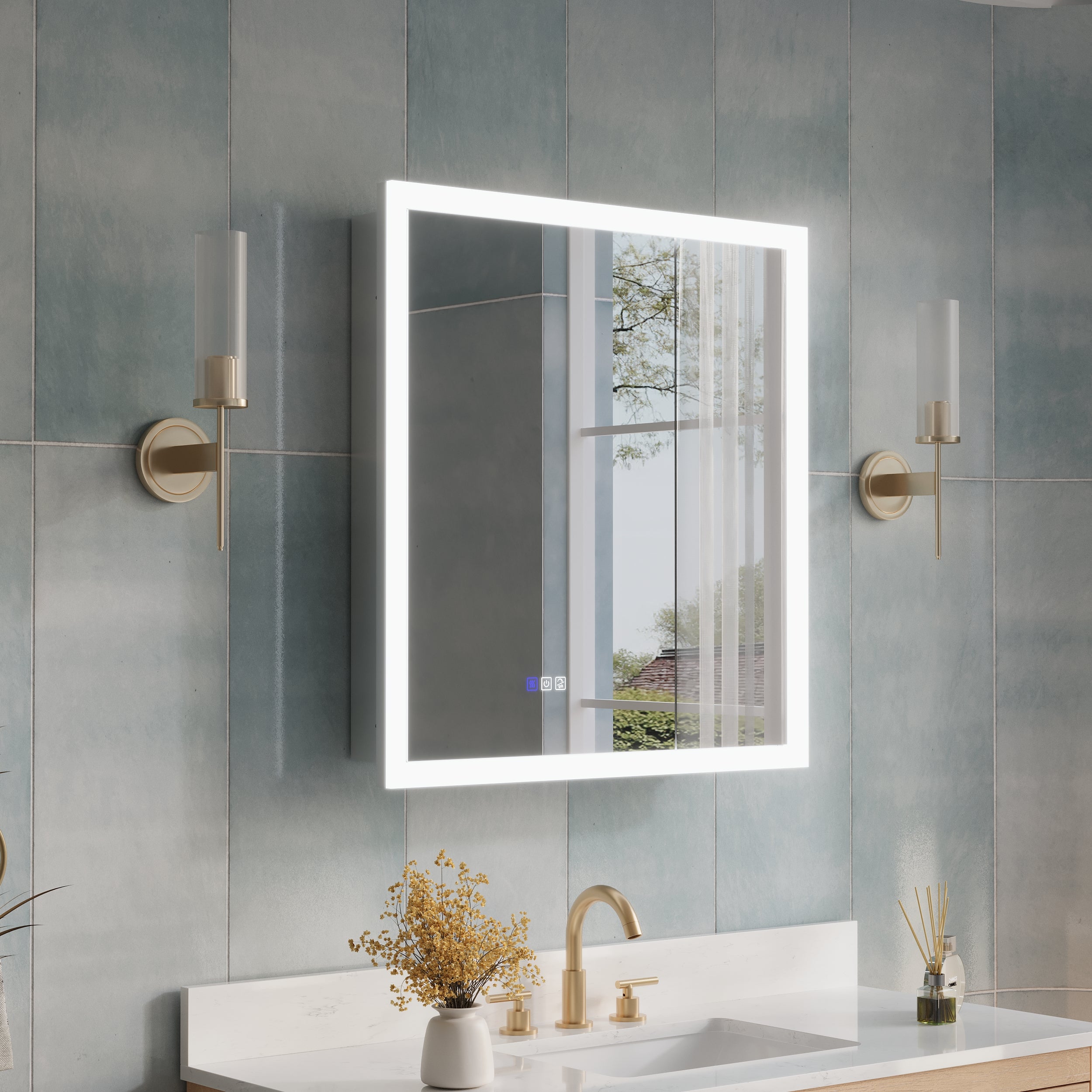
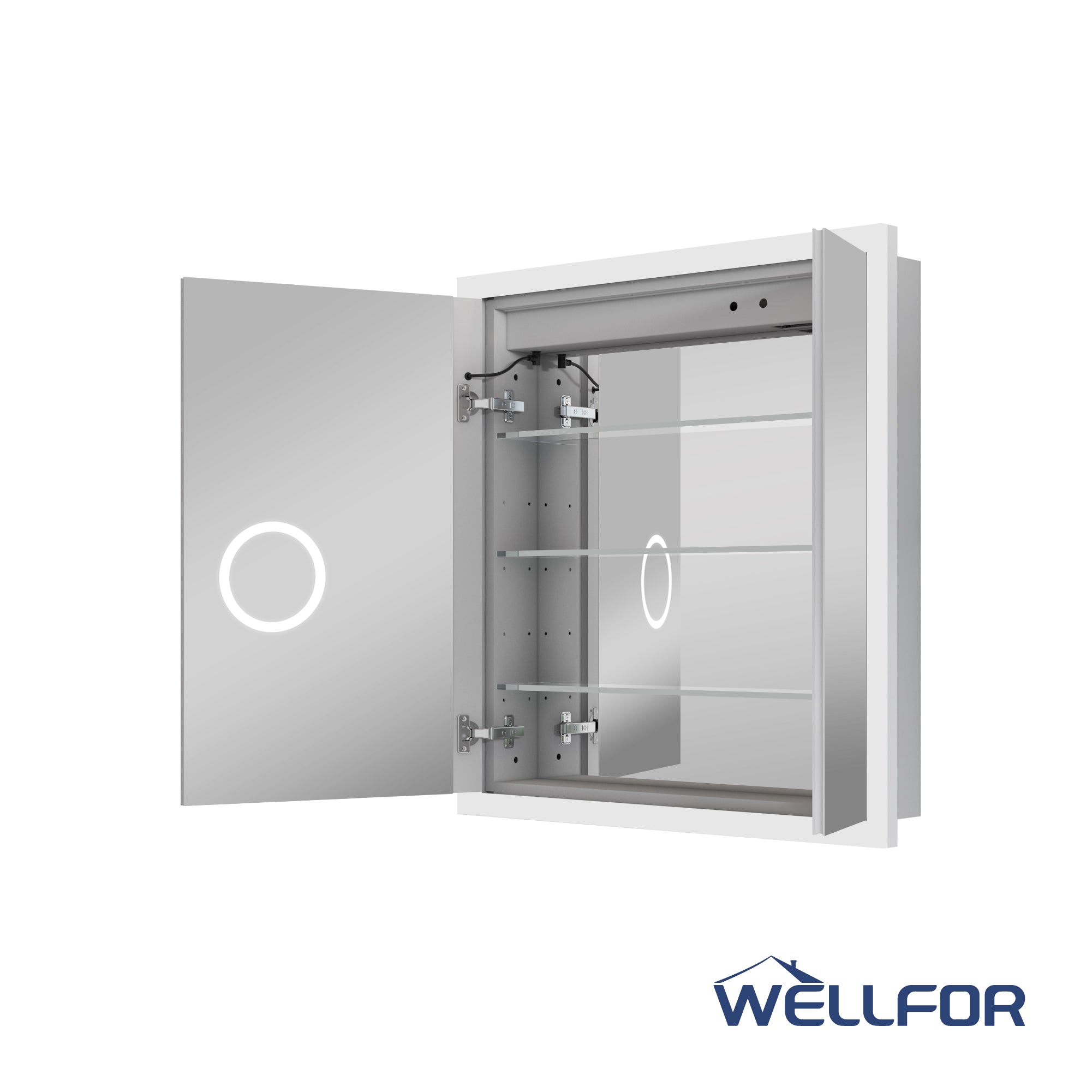
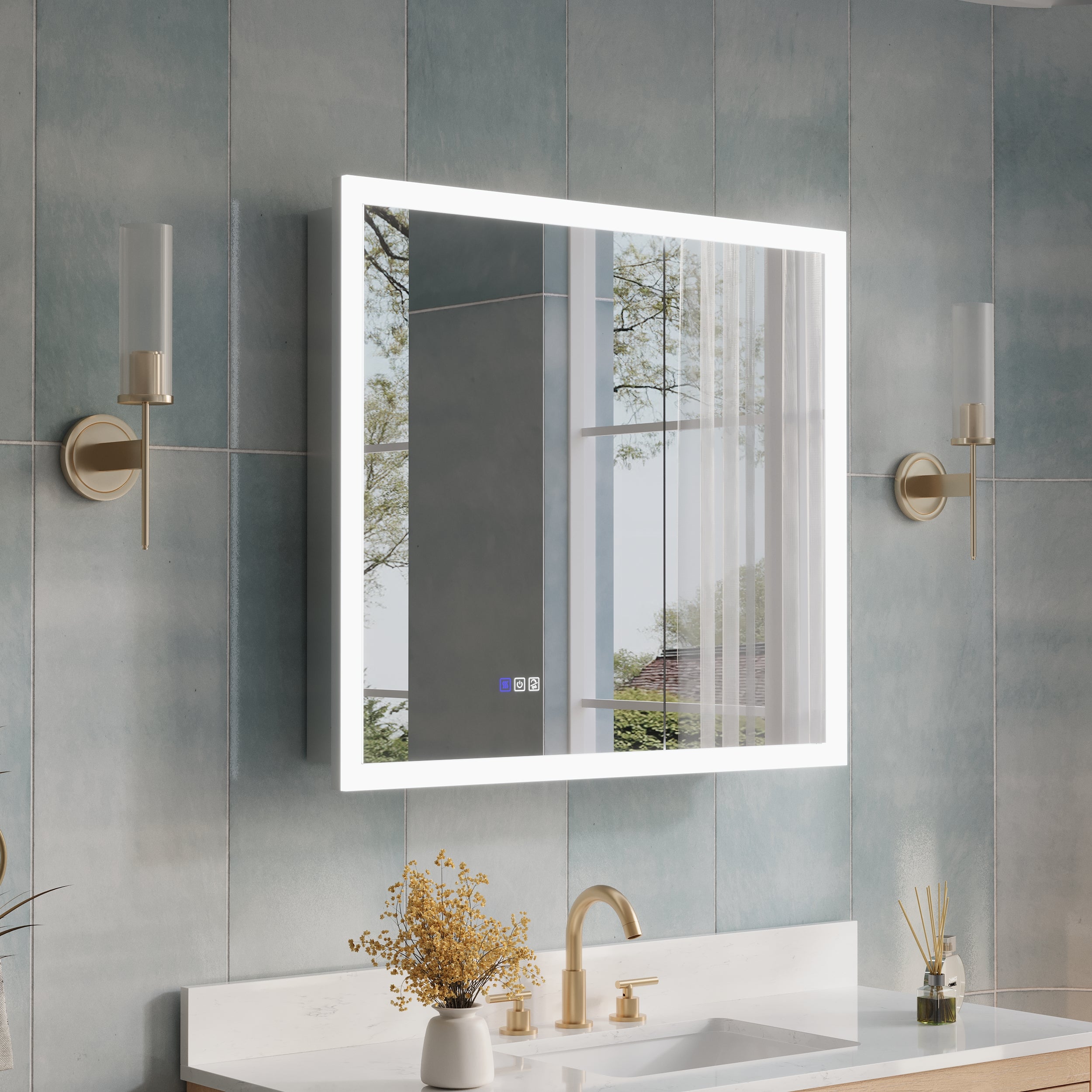

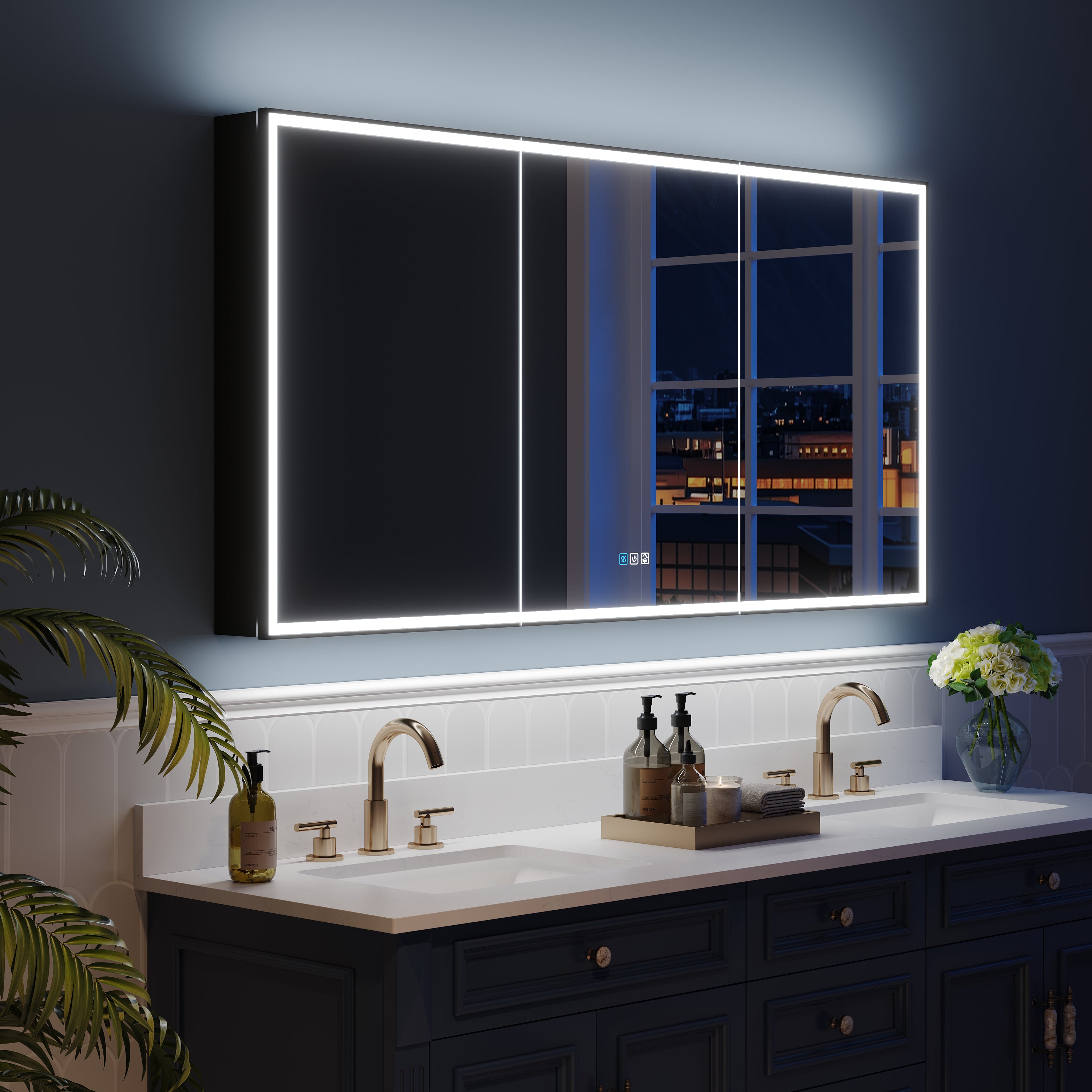
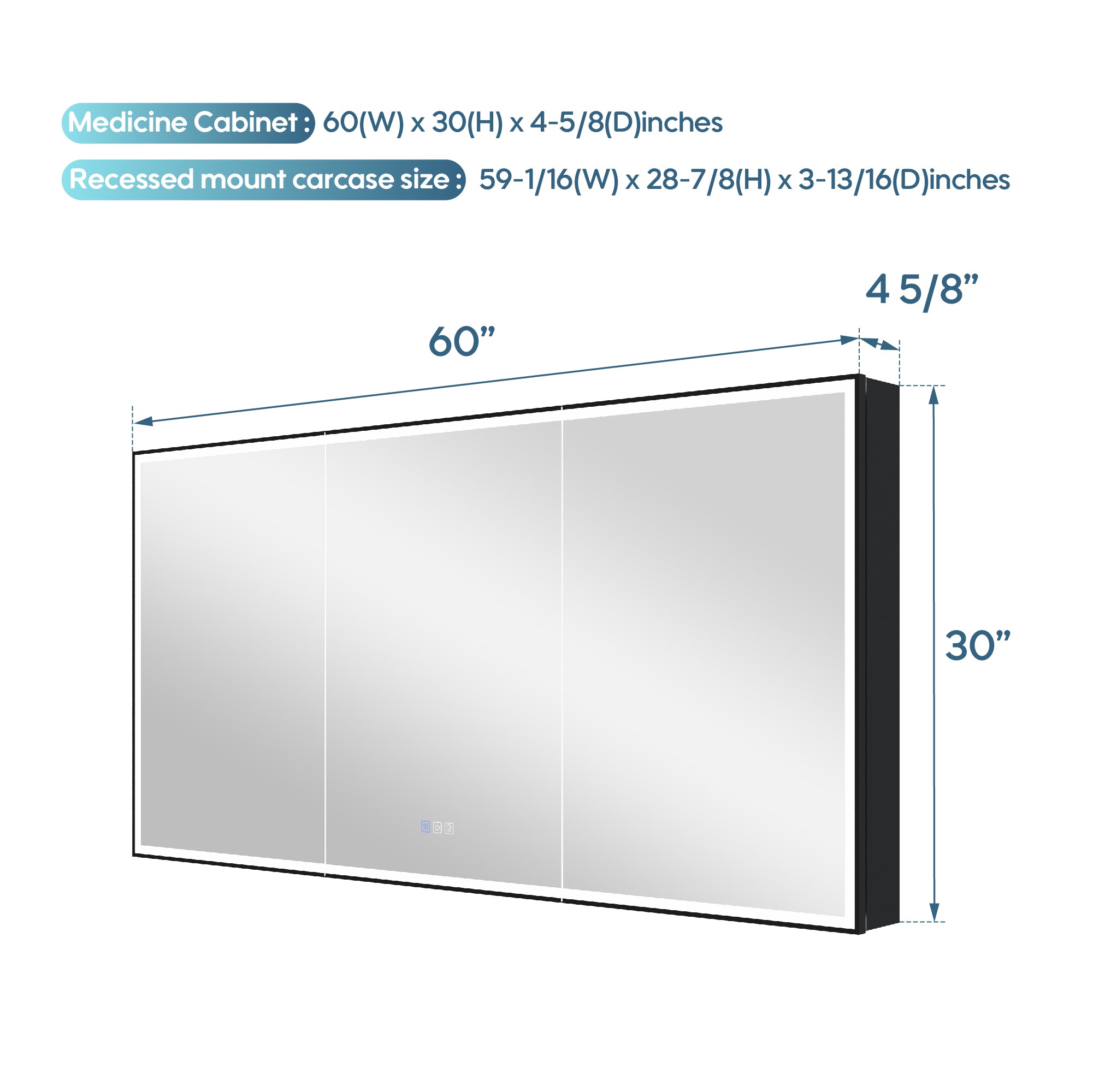
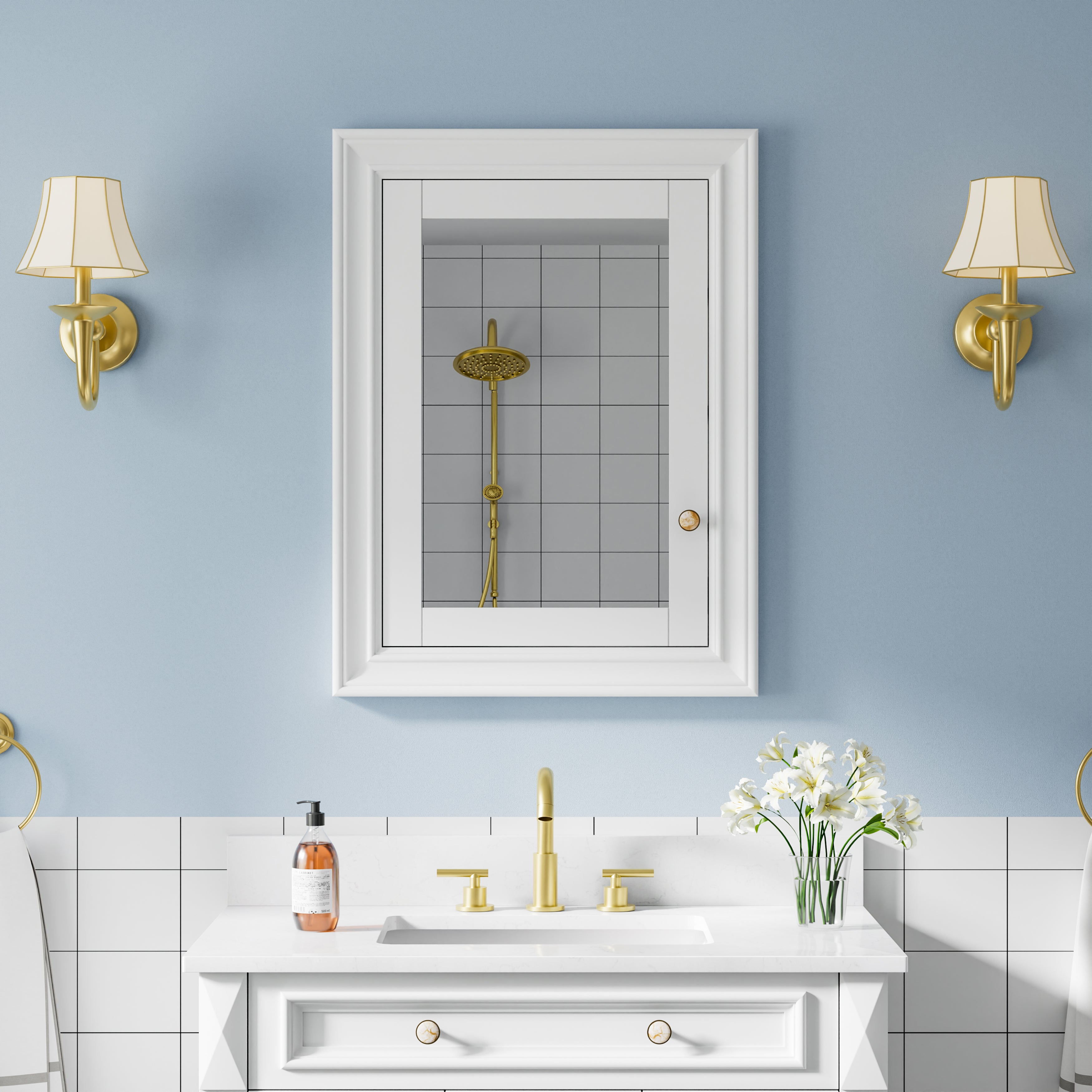


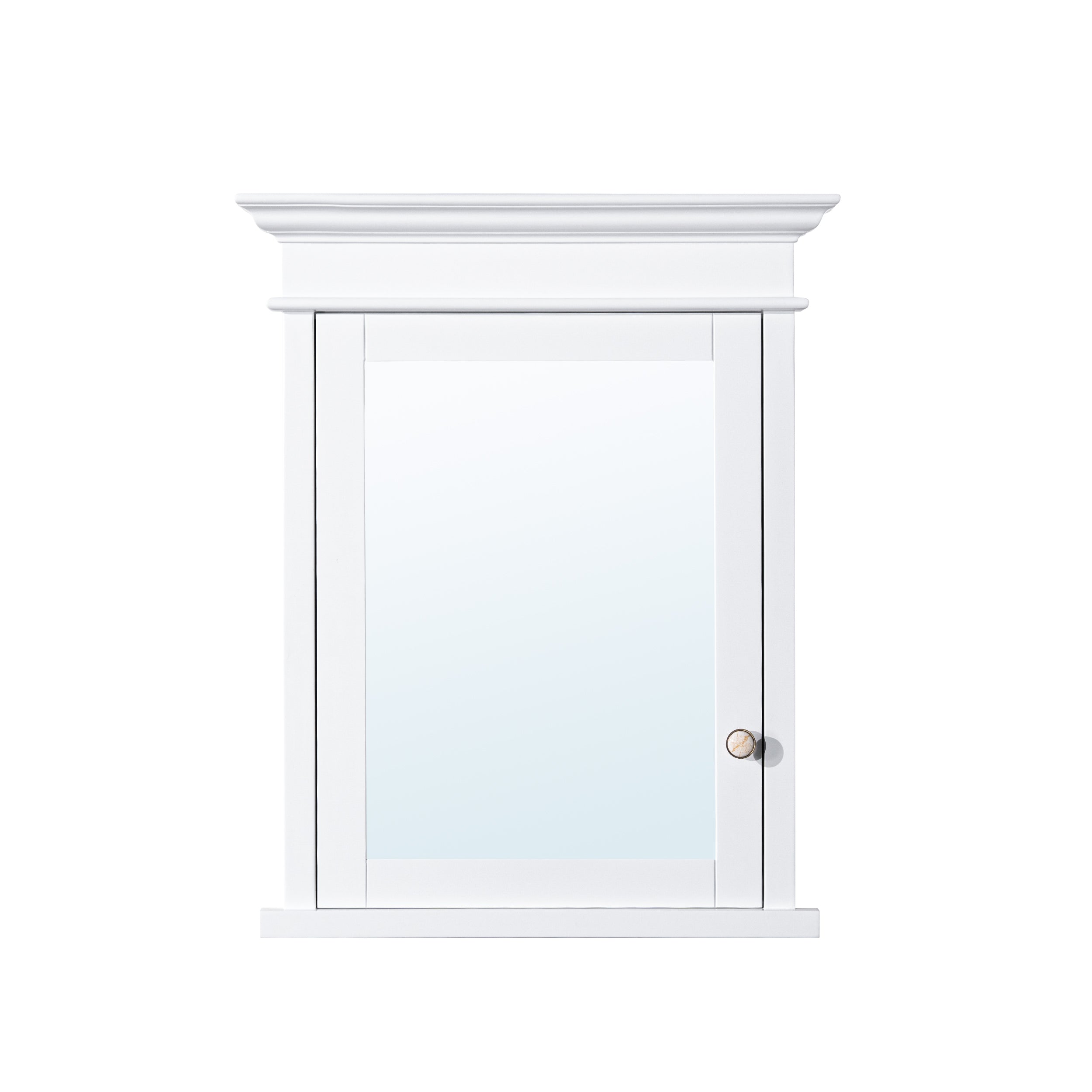

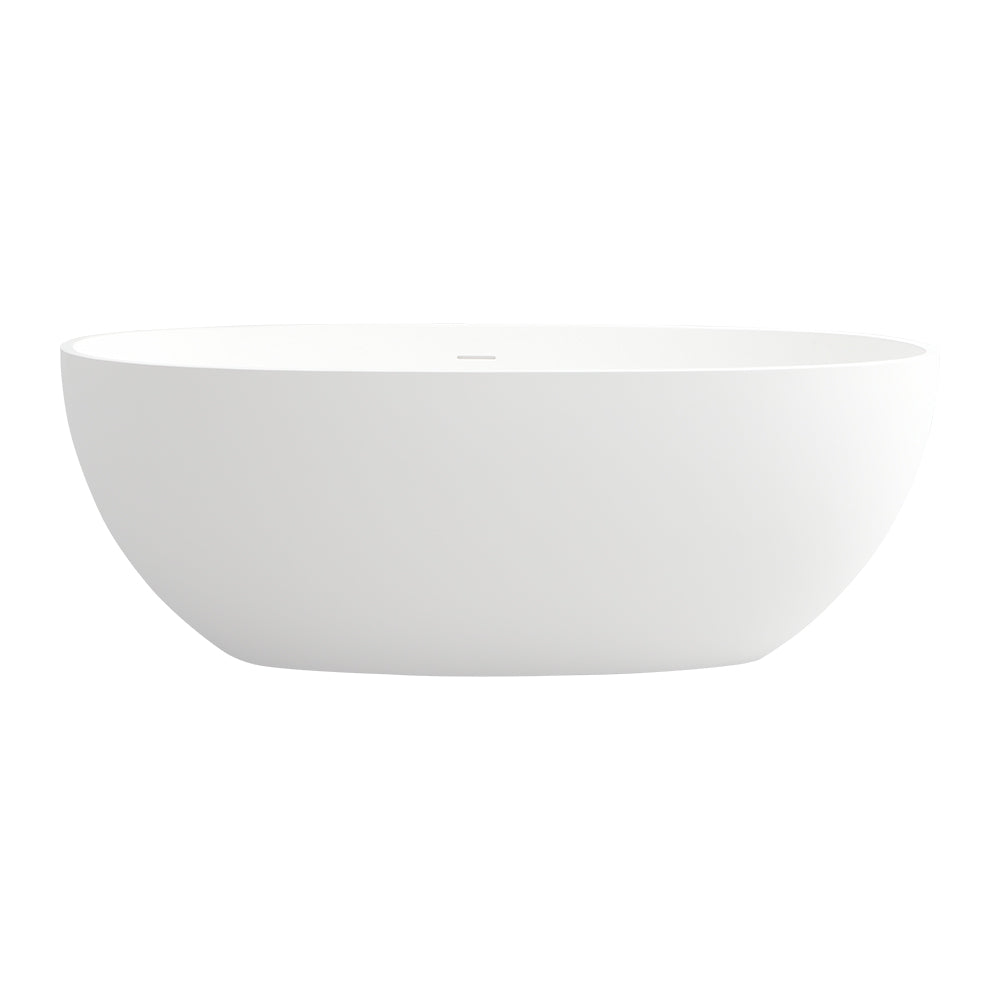


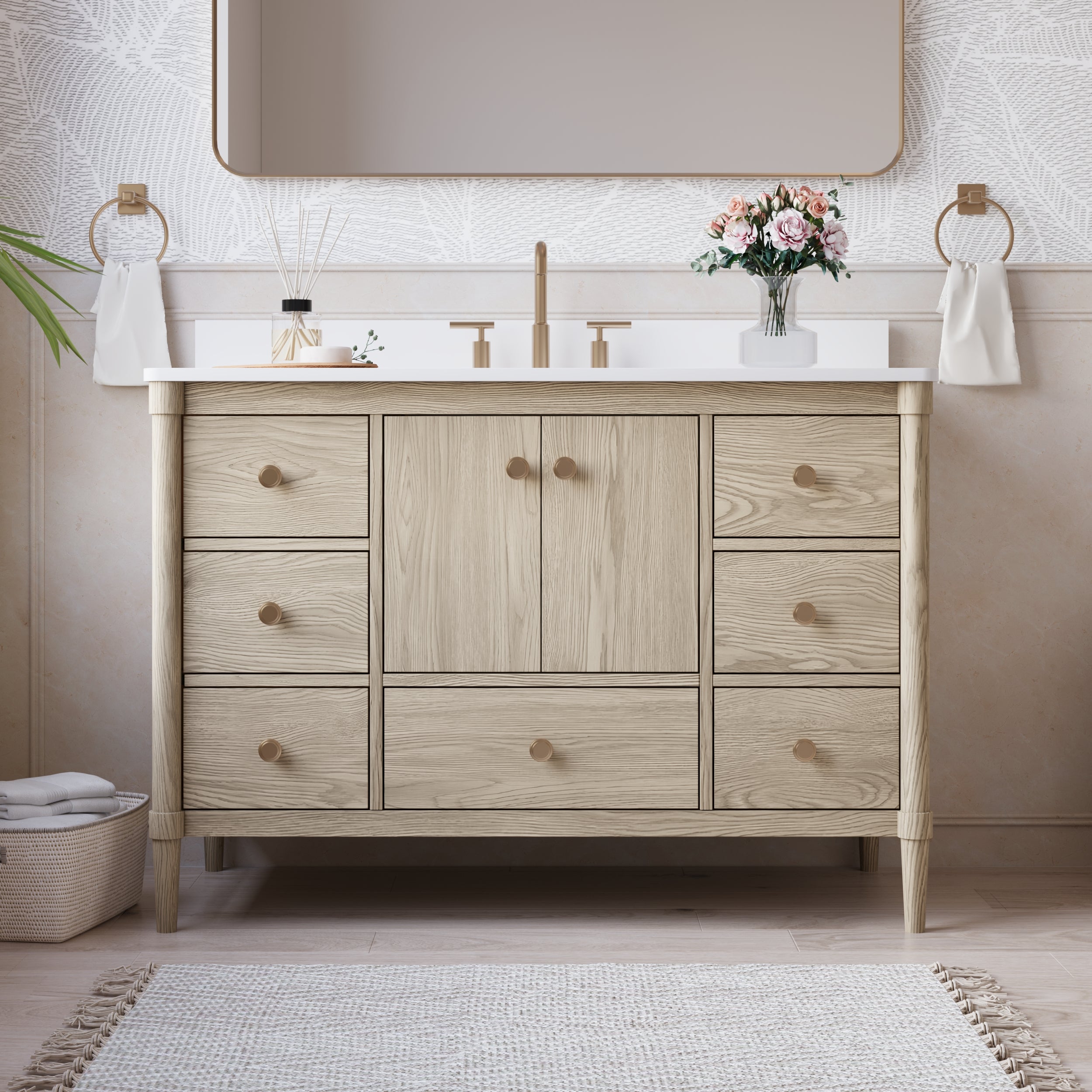
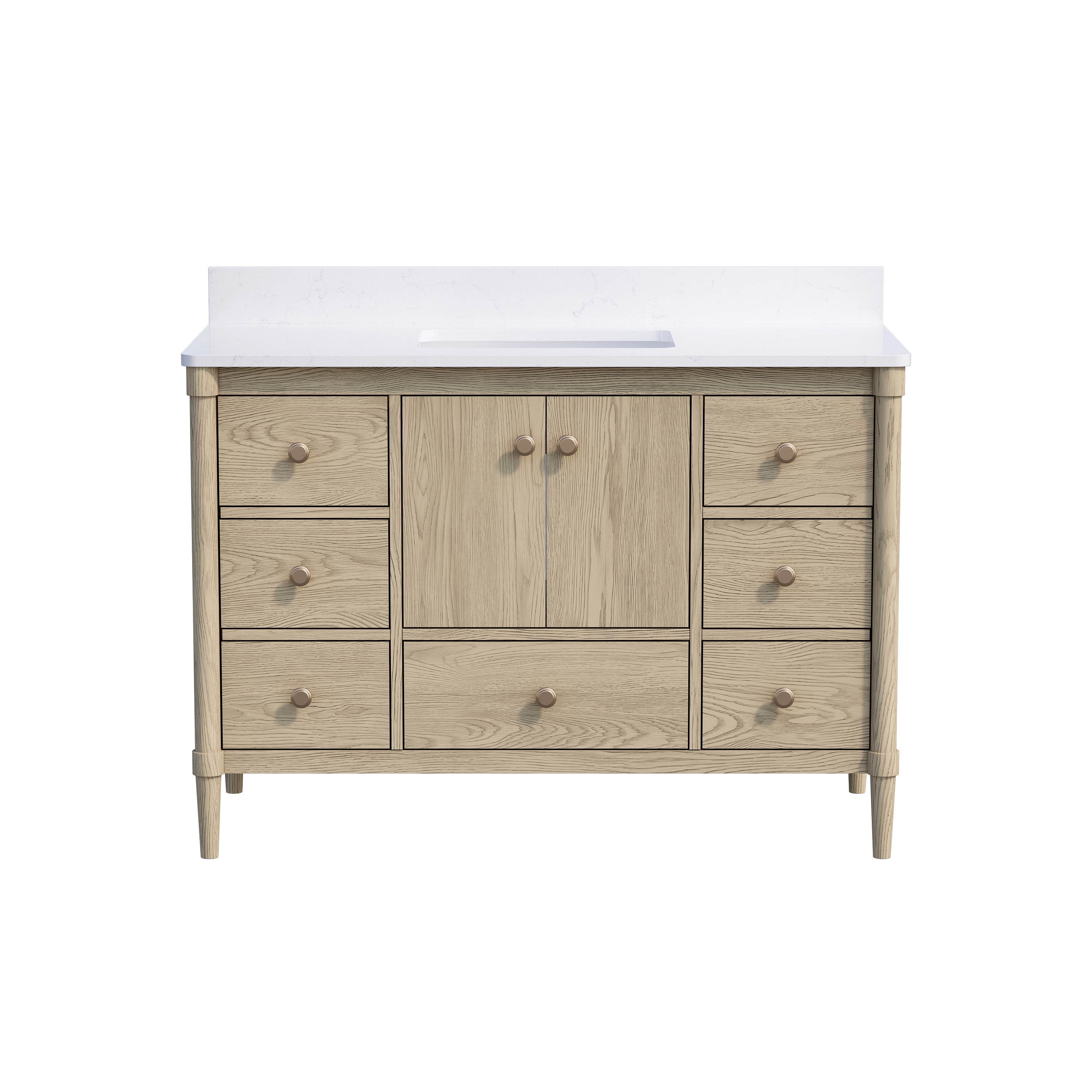
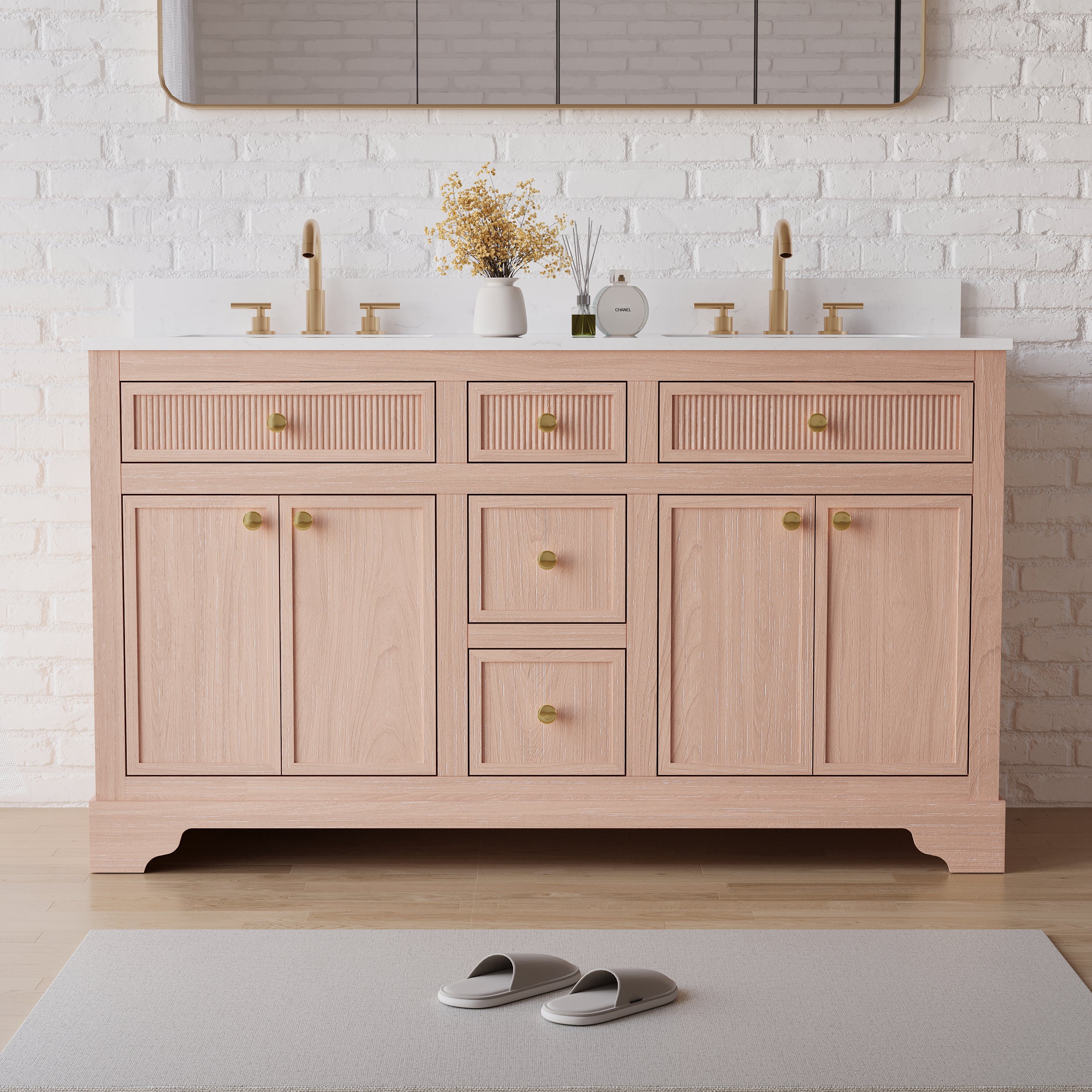



Leave a comment
This site is protected by hCaptcha and the hCaptcha Privacy Policy and Terms of Service apply.